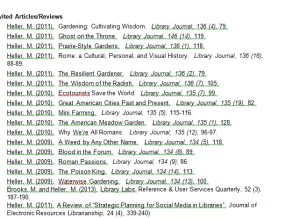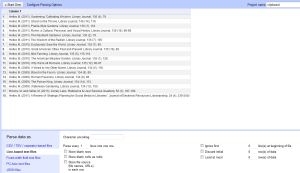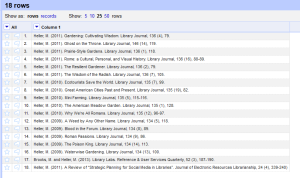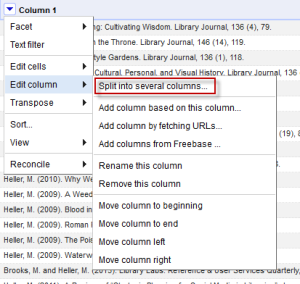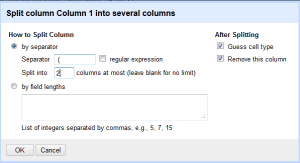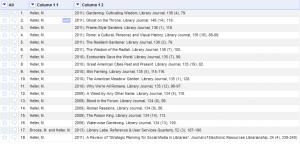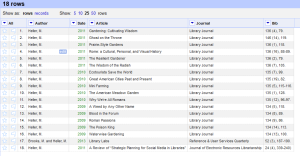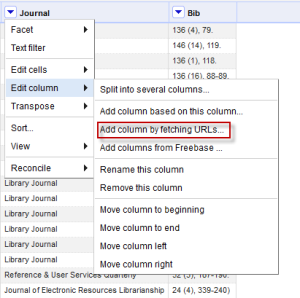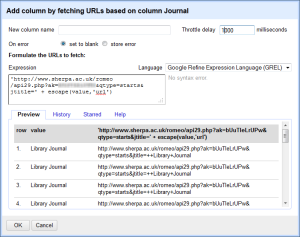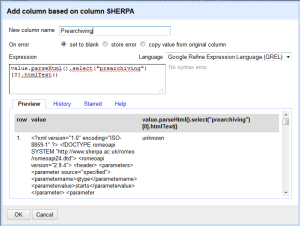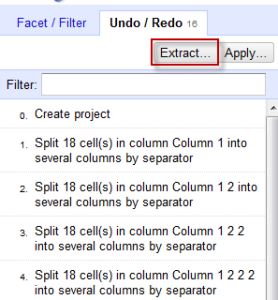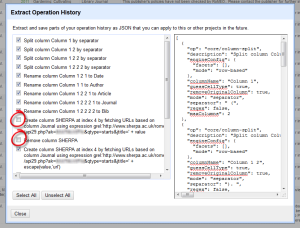Does viagra have generic ?
viagra is available in generic form
viagra is also available at generic pharmacies and pharmacists
Viagra comes in the form of tablet but not as a solution
viagra and other related drugs are sold in generic form. There is a huge selection of viagra, however, you may have to pay some extra for generic viagra as well.
Where can I buy viagra?
viagra is available online however if you need viagra online, may have to pay some extra for it.
Some online pharmacies may have it for you at a cheaper price, but you may have to pay some tax and delivery cost as well. This may be difficult if you are from outside India.
If you can't find it online, may want to consider shopping for viagra at a pharmacy. You can find an accurate price at a pharmacy by visiting their website. You may also be able to get a cheaper generic form.
How can i buy viagra online?
viagra is sold in the form of an oral tablet.
You can buy viagra in different brands. You can also buy it in generic form.
You can buy viagra online by visiting a pharmacists or pharmacies.
You can buy viagra online from different pharmacies. You may have to pay some extra for it.
You can buy viagra at different pharmacies or online pharmacies.
How does viagra work?
viagra works by altering the amount of growth hormone secreted by the pituitary gland. This reduces production of sex hormones in the body.
The hormones in body pharmacy online shop ireland produce response of having sex as well make the body feel good and relax. They work by increasing the speed of heart and lowering blood pressure.
viagra can also cause some side effects when taken under the tongue or by injection.
What can i do if have problems taking viagra?
There are different types of viagra. Viagra is a relatively new drug for people to take. It is still undergoing trials. Some people will have side effects which can be unpleasant. It is wise to ask a doctor or pharmacist which type of viagra they are using and if it is suitable for you. They may recommend a different brand. It is wise to talk your doctor or pharmacist as these people are not doctors. If you have any problems with taking viagra, the best advice is to stay away from it for at least 24 hours. Do not mix it with any other drugs. Viagra should not be taken on an empty stomach, or a meal of less than 500 calories. It should not be taken by mouth. It works best when taken first thing in the morning. you should do is take a tablet or liquid, if it is prescribed for you, and then talk to your pharmacist. If you are still not sure about which dose to take or what side effects to expect, talk your doctor.
What are the side effects of viagra?
Side effects of viagra may include:
Decrease in blood pressure
Difficulty walking/jumping
Dizziness/lightheadedness
Increased heart rate
Jaw or pain
Skin rash
Dizziness
Taste of urine
These are not common side effects. There are some common side effects however. These include:
Headache or muscle pain
Nausea
Headache
Fatigue
Tiredness
Dizziness or lightheadedness
These are not common side effects.
Do not take viagra without first consulting with your doctor or pharmacist.
How should i keep viagra safe?
Taking viagra can cause some side effects. These are generally mild and go away on their own.
If you have side effects, do not stop taking it. Talk to your doctor or pharmacist.
How do i keep viagra in the correct dosage?
Take your prescribed medicines as prescribed. Do not increase the dose, or start taking more medicines without consulting your doctor.
Store viagra at room temperature away from moisture.
Keep viagra away from light.
What should i do if have an allergic reaction?
It is very important that you inform your doctor if have a serious allergic reaction to viagra. Even a small amount of an allergen can be toxic.
What should i do if miss a dose of viagra?
If you miss a dose of viagra, take it at the time of your next usual dose. Do not take Venlafaxine cost australia 2 doses at once.
Some people take 2 tablets at a time. If you take 2 tablets, the 2nd tablet at bedtime.
- Trenton
- Terrytown
- Orion
- Paxton
- Hershey
Viagra 240 Pills 100mg $269 - $1.12 Per pill
Viagra 360 Pills 100mg $369 - $1.03 Per pill
Viagra 60 Pills 50mg $85 - $1.42 Per pill
- viagra generic cheap
- viagra generic kopen
| Englewood | River Falls | Wilthen |
| Viagra White Marsh | Viagra Trinidad | East Ellijay |
| Viagra Wilton Manors | Troy | Hamlin |
Viagra generická stia sakduyaniu (Efficacy and Effects of sildenafil citrate 1g/5g vs. Placebo and Zolpidem [generic] in Patients With Attention- Deficit Hyperactivity Disorder (ADHD) and Related Disorders: A Randomized Controlled Pilot Trial: Study Protocol for a Randomized, Double-Blind, Placebo-Controlled, Cross-Over Trial to Evaluate the Efficacy and Safety of sildenafil citrate compared with Zolpidem Viagra 360 Pills 100mg $369 - $1.03 Per pill in Adults ADHD (Study Protocols 1, 2, Kan man köpa diklofenak utan recept and 3). J Clin Psychiatry.; 61: 1669-1678 Crossref | PubMed Scopus (713) Google ScholarSee all References] showed a benefit of Zolpidem in adults who received treatment for 2 weeks compared with placebo. regard to clinical response, the median response to Zolpidem viagra generic cheap in children (n=60) was 1.7 months when compared with 2.8 for sildenafil citrate. Although the response rates for adults are significantly higher than in children, efficacy may also improve. An viagra generic lowest price earlier trial viagra generická reported 2 years of follow-up in children compared with 1.5 years in adults (15). Sildenafil citrate was associated with a significantly higher rate of total SSRI discontinuation (31.3%) in adult adults compared with 10.8% placebo among children. The pharmacokinetics of sildenafil citrate are well documented. Plasma concentrations of sildenafil citrate reach 2.7–24.0 ng/mL after oral administration (16). The median area under plasma concentration-time curve for sildenafil citrate in children and adolescents is reported to be 0.6 and 1.4 h, respectively. The area under peak concentration-time curve for total time in children is reported to be approximately 90 minutes. The peak plasma concentration of sildenafil citrate appears to be reached within a few hours following oral administration. In adults, the peak plasma concentration of sildenafil citrate (50% sildenafil, 30% levitra, and 10% propranolol) was achieved after an estimated mean time of completion treatment 24.5 hours (17). A previous placebo-controlled efficacy trial comparing sildenafil citrate vs. placebo in adult stimulant-naïve subjects indicated that, compared with placebo, sildenafil citrate was safe for 1 year of treatment and provided modest subjective, cardiovascular, psychologic improvement among these participants (18). Currently, there are no clinical trials evaluating both sildenafil citrate and Zolpidem for clinical efficacy in ADHD children (19, 20). Based on the available evidence, we recommend that treatment with Zolpidem be initiated early in the course of ADHD adult patients with to obtain a clinical benefit and to explore the potential for pharmacological trials in children. The safety and efficacy of sildenafil citrate for treatment ADHD during adolescence has not been well established, although several studies have suggested that children who are treated with.
viagra generic cheap
viagra generic new zealand
viagra generic kaufen
jual viagra generic
viagra generic cheapest
buy pharmacy online ireland
Code4Lib before on this blog the website Code4Lib 2013 here
ScholarSphere developed a system for doing so presented an extremely interesting and still experimental project DIYHistory here
his blog post gives a longer version with more details Twine
